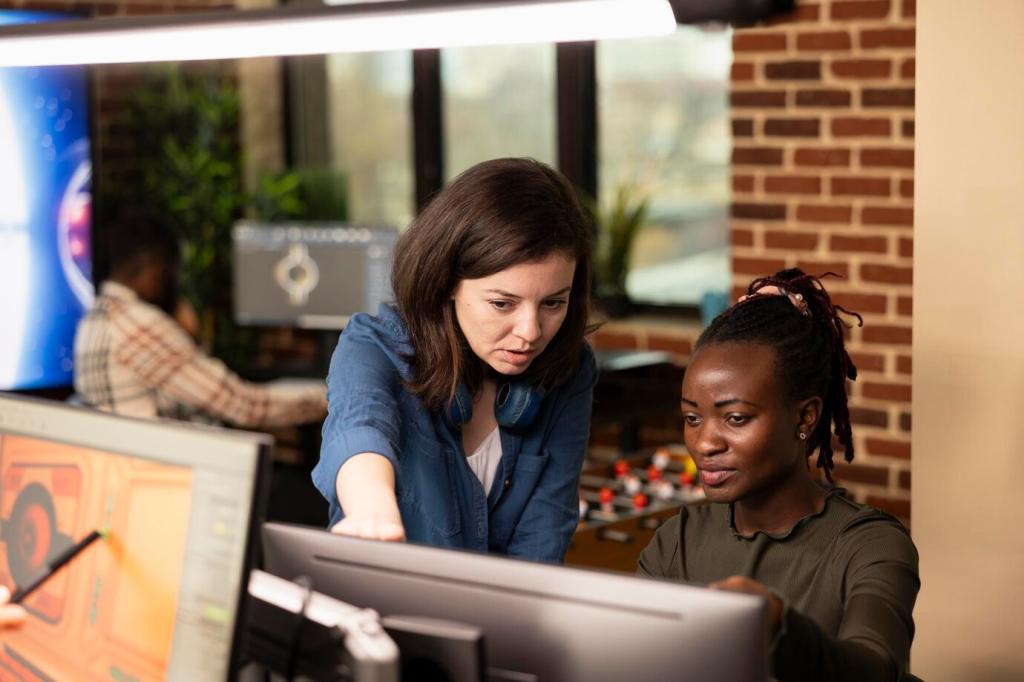Creative Problem-Solving for Team Improvement
Creative problem-solving is more than a skill—it’s the foundation for unlocking team potential and driving consistent growth in today’s evolving workplace. Teams that harness creative approaches to challenges are better equipped to adapt, collaborate, and achieve sustainable results. Nurturing this mindset within your group enables individuals to step beyond conventional solutions, embracing innovation as both a strategy and a culture. Effective creative problem-solving for team improvement involves structured processes, open communication, a willingness to experiment, and continual learning. This page explores actionable strategies for cultivating creativity within teams, enhancing problem-solving abilities, and ultimately, achieving higher levels of performance and engagement.
Fostering a Culture of Collaboration

